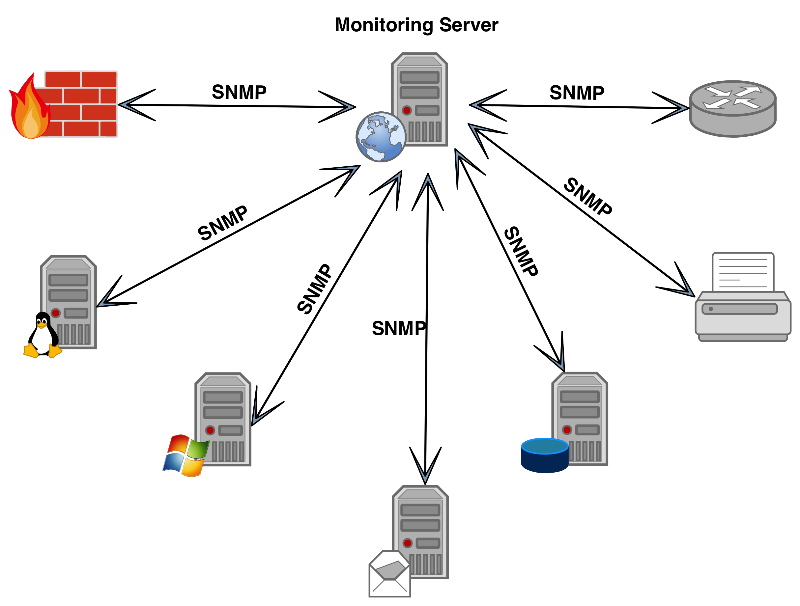CompTIA NET+ | Simple Network Management Protocol (SNMP)
- Ajmal Ward
Simple Network Management Protocol (SNMP)
SNMP stands for Simple Network Management Protocol. It is an Internet-standard protocol for handling devices on IP networks. Devices that typically provide SNMP include routers, switches, servers, workstations, printers, modem racks, and more. It is used mainly in the network management framework to monitor network-attached computers for conditions requiring regulatory attention.
It is a framework for managing devices on the Internet using the TCP-IP protocol suite. It supports a set of fundamental operations for monitoring and maintaining the Internet.

SNMP Concept
SNMP facilitates the concept of manager and agent. A manager, generally a host, controls and monitors a group of agents, usually routers. This is an application-level protocol in which some manager stations control a group of agents. The protocol is designed to monitor different manufacturer’s devices and installed on various physical networks at the application level.
Managers and Agents
A management station, known as a manager. It is a host that runs the SNMP user program. A managed station was known as an agent. It is a router (or a host) that runs the SNMP server program. Management is completed through simple interaction between a manager and an agent. The agent keeps performance data in a database. The manager has created the values in the database.
Components of SNMP
An SNMP-managed network includes three key components. These components are as follows −
- Managed Device− It is a network node that executes an SNMP interface that enables unidirectional (read-only) or bidirectional access to node-specific information.
- Agent− An agent is a network-management software mechanism that consists of a managed device. An agent has local knowledge of management data and translates that information to or from an SNMP specific form.
- Network management system (NMS)− A network management system (NMS) executes applications that monitor and control managed devices.
SNMP Protocols
SNMP uses two other protocols which are as follows –
SMI
SMI stands for Structure Management Information. SMI represents the general rules for naming objects, defining object types (including range and length), and showing how to encode objects and values.
SMI does not determine the number of objects an entity should handle or name the objects to be managed or define the relationship between the objects and their values.
MIB
MIB stands for Management information base. For each entity to be handled, this protocol must represent the number of objects, name them as per the rules represented by SMI, and relate a type to each named object. MIB generates a collection of named objects, their types, and their relationships to each other in an entity to be managed.
Source: www.tutorialspoint.com/what-is-the-snmp-in-the-computer-network
Images: From google images